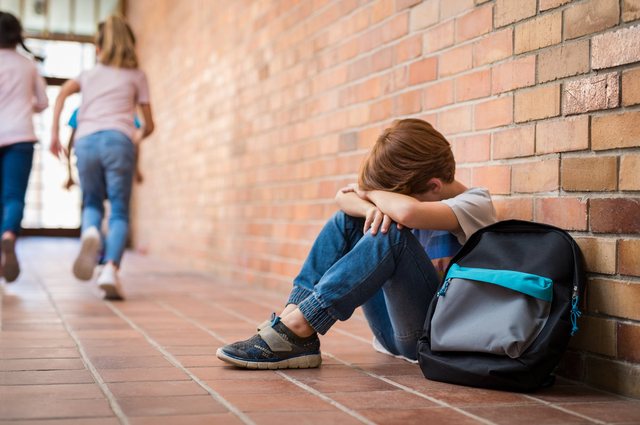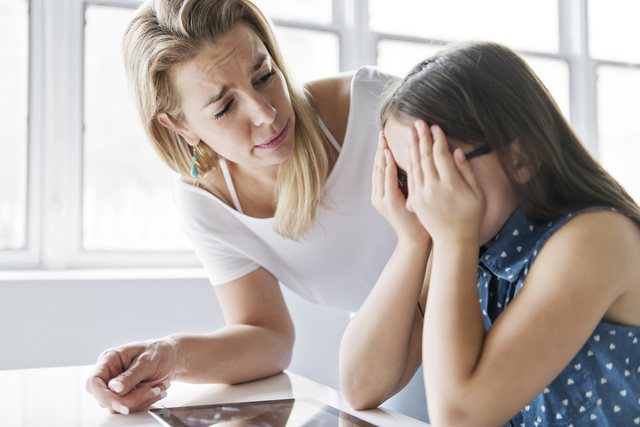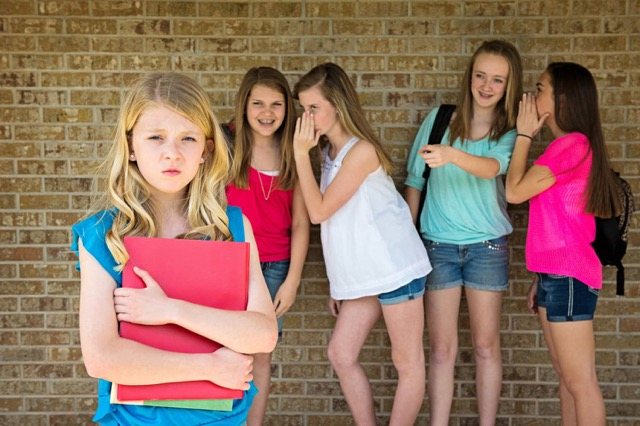
Bullying has become a serious problem in schools these days. It is much more than just a hurtful word; some children are physically threatened and even develop other problems, such as anxiety and depression, when bullying becomes persistent. In many situations, the bully also needs help.
Is your child being bullied?
How does a bullied child behave and how can a parent understand that this phenomenon is happening to him?
Parents should communicate with their child about what is happening and, if possible, find another child who may be witnessing bullying. Ask more than just questions that require simple yes / no answers. Ask about the best and worst parts of your child's day to get more details. Often, other children are in the presence of bullying that occurs around them, while teachers may not be fully aware of what is being said and done among the children. So, ask your child if a classmate may have seen something. You may notice signs of harassment such as unexplained injuries (marks on the body) or loss of personal belongings, changes in appetite or attitude. While children may not want to lose their friends or be known as a 'loser', it is important to emphasize the need for adult intervention when bullying occurs. Children should not face this phenomenon on their own, but should know that they have the support of adults near them.

What can you teach your child about dealing with the situation?
Teach them not to react immediately. Once they realize there is a problem, they should talk to a trusted adult. Adults should immediately stop the situation and assess the safety of children. They need to stay calm and be a positive role model for resolving conflicts. If weapons or serious bodily injuries are involved, police notification may be required.
A very successful technique for teaching all children about bullying is role play. This game is run by an adult and children can "play" different roles to actually experience (in a safe and supportive environment) what it is like to be a bully, to be bullied and even to witness bullying. Kids can generate great ideas in this kind of environment and try them out. Practice helps. When a child has practiced what might happen and has mastered some options on how to respond, he or she is more likely to treat the phenomenon positively and accurately when it happens in real life.






